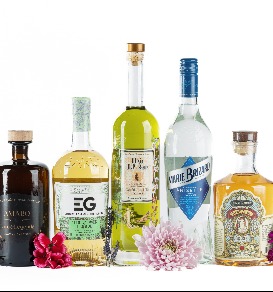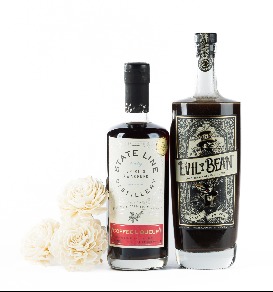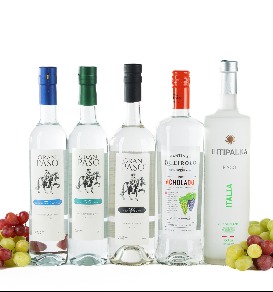category
Best Fruit Liqueurs from the 2025 San Francisco World Spirits Competition
The 2025 San Francisco World Spirits Competition showcased an impressive array of fruit liqueurs, each reflecting the artistry and innovation of their respective producers. From traditional recipes passed down through generations to contemporary interpretations, these liqueurs offer a delightful exploration of fruit-infused spirits.


















